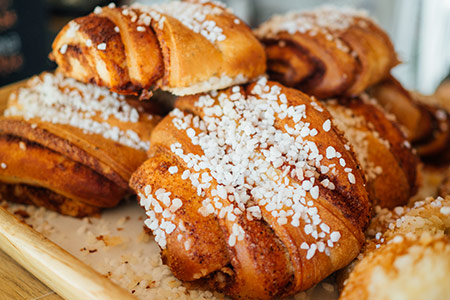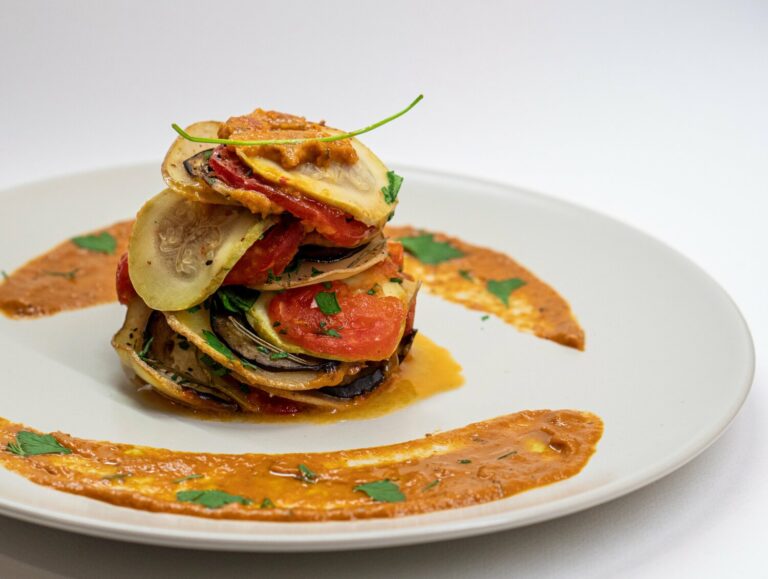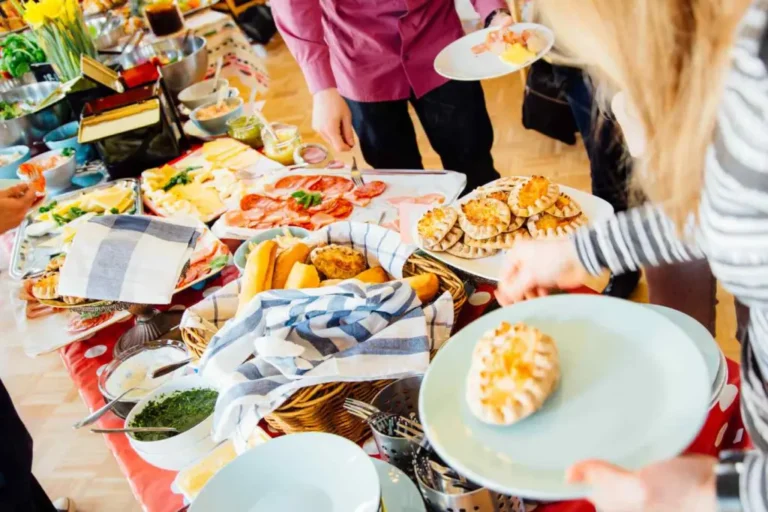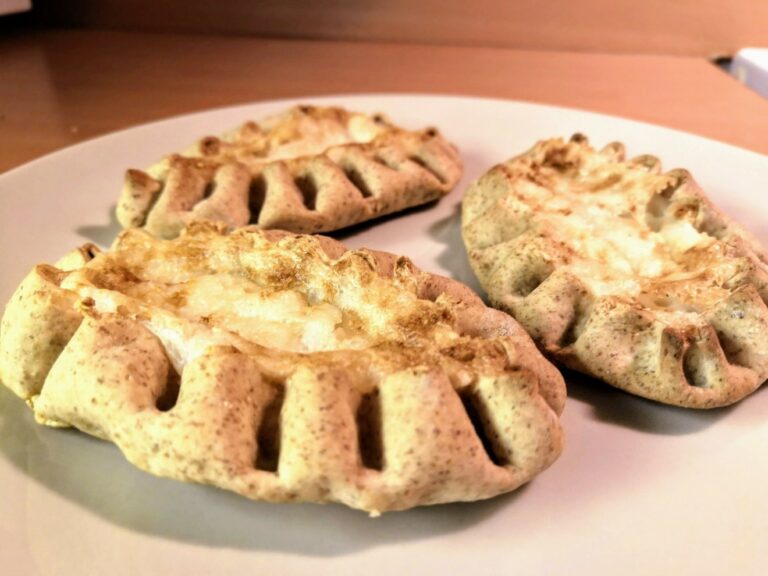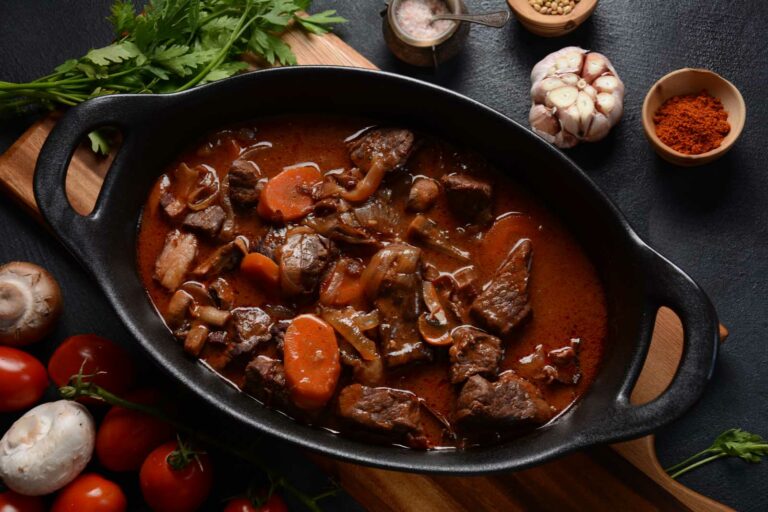Introduction
Finnish cuisine is characterized by its simplicity, relying on fresh and locally sourced ingredients. The country’s long, cold winters have influenced its culinary traditions, with hearty and warming dishes dominating the menu. Many of the ingredients used in Finnish cooking are seasonal, which means that they are only available during certain times of the year. This article explores some of the seasonal ingredients used in Finnish cuisine and how they are incorporated into traditional recipes.
Winter
Winter is a challenging season for Finnish farmers, as the country is blanketed in snow for several months. Despite this, there are still plenty of ingredients that can be used in cooking during the winter months. Root vegetables such as potatoes, carrots, and turnips are readily available and are often used in stews and soups. Berries such as lingonberries, cranberries, and cloudberries can also be harvested in the winter and are used to make sauces and jams. Game meat, such as reindeer and elk, is another staple of Finnish cuisine during the winter months and is often served as a hearty stew or roast.
Spring
Spring is a time of renewal in Finnish cuisine, with fresh herbs and wild mushrooms making an appearance. Chives, dill, and parsley are popular herbs used to flavor dishes such as salmon soup and potato salad. Wild mushrooms such as morels and chanterelles are also harvested in the spring and used in sauces and stews. Fish is another seasonal ingredient that becomes more readily available in the spring, with salmon and herring being popular choices.
Summer
Summer is a time of abundance in Finland, with an abundance of berries, mushrooms, and fish. Blueberries, strawberries, and raspberries are all in season during the summer months and are used in desserts, jams, and sauces. Wild mushrooms such as porcini and boletus can also be found in the forests and are used in soups and sauces. Fish such as perch and pike are caught in the many lakes and rivers of Finland and are often grilled or smoked.
Autumn
Autumn is a time of harvest in Finland, with root vegetables and mushrooms being plentiful. Potatoes, carrots, and turnips are once again in season and are used in stews and casseroles. Wild mushrooms such as chanterelles and cepes are also abundant and are used in soups and sauces. Game meat such as moose and wild boar is also popular during the autumn months and is often served as a roast or stew.
Conclusion
Finnish cuisine is heavily influenced by the country’s climate and seasons, with seasonal ingredients playing a prominent role in traditional recipes. From root vegetables and game meat in the winter to fresh herbs and wild mushrooms in the spring, Finnish cuisine offers a diverse range of flavors and ingredients throughout the year. By embracing the natural bounty of each season, Finnish cooks have developed a cuisine that celebrates simplicity, freshness, and local produce.



